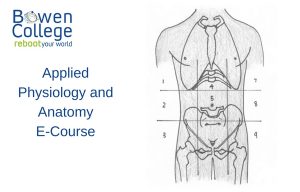In contrast to the more empowered approach, discussed over the last several posts, of viewing a patient’s pain as “one of their symptoms,” a pathophysiological approach to pain focuses on pain relief as the primary objective. The choice of intervention is usually pharmaceutical.
The pain experience is one of the most challenging to find the root of. It is nearly impossible to separate the individual factors that are in play both in the existing research on pain and in the clinical experience of patients in pain.
Expectations and verbal suggestions appear to significantly affect the experience of the prescribed treatment. Several studies show that verbal suggestions, priming, can induce high pain expectations, with patients reporting significantly more pain than subjects who received verbal suggestions inducing low pain expectations. (Arntz & Claassens, 2004 ; Benedetti et al., 2007 ; Colloca et al., 2008 ; Staats et al., 1998 ) Furthermore, research demonstrates that expectations about pain can alter central pain modulation. (Flaten et al., 1999 ; Benedetti et al., 2007 ; Goffaux et al., 2009 ; Van Laarhoven et al., 2010 )
This means that we do have some direct, mindful control over our biological process. In fact our mindfulness of the process can actually affect the way we perceive pain. Several research studies have established that expectations of pain actually influence pain perception (Benedetti et al., 2003 ; Flaten et al., 2006 ; Kirsch, 1999 ; Price et al., 1999 ; Wager, 2005 ). Strong correlations between expected and experienced pain have also been reported. (Montgomery & Kirsch, 1997 )
As we’ll see next though, this is a blade that can cut both ways.









